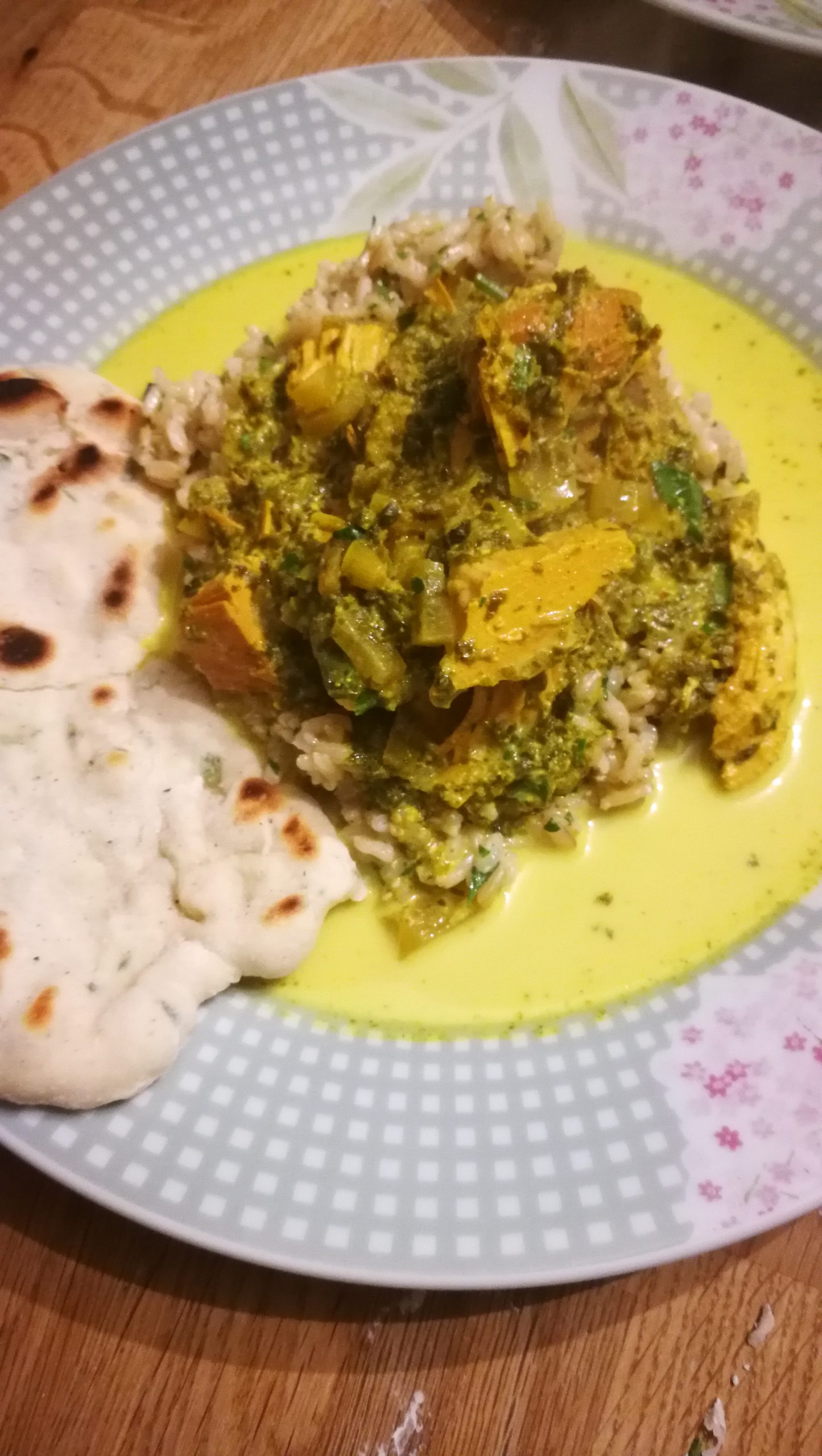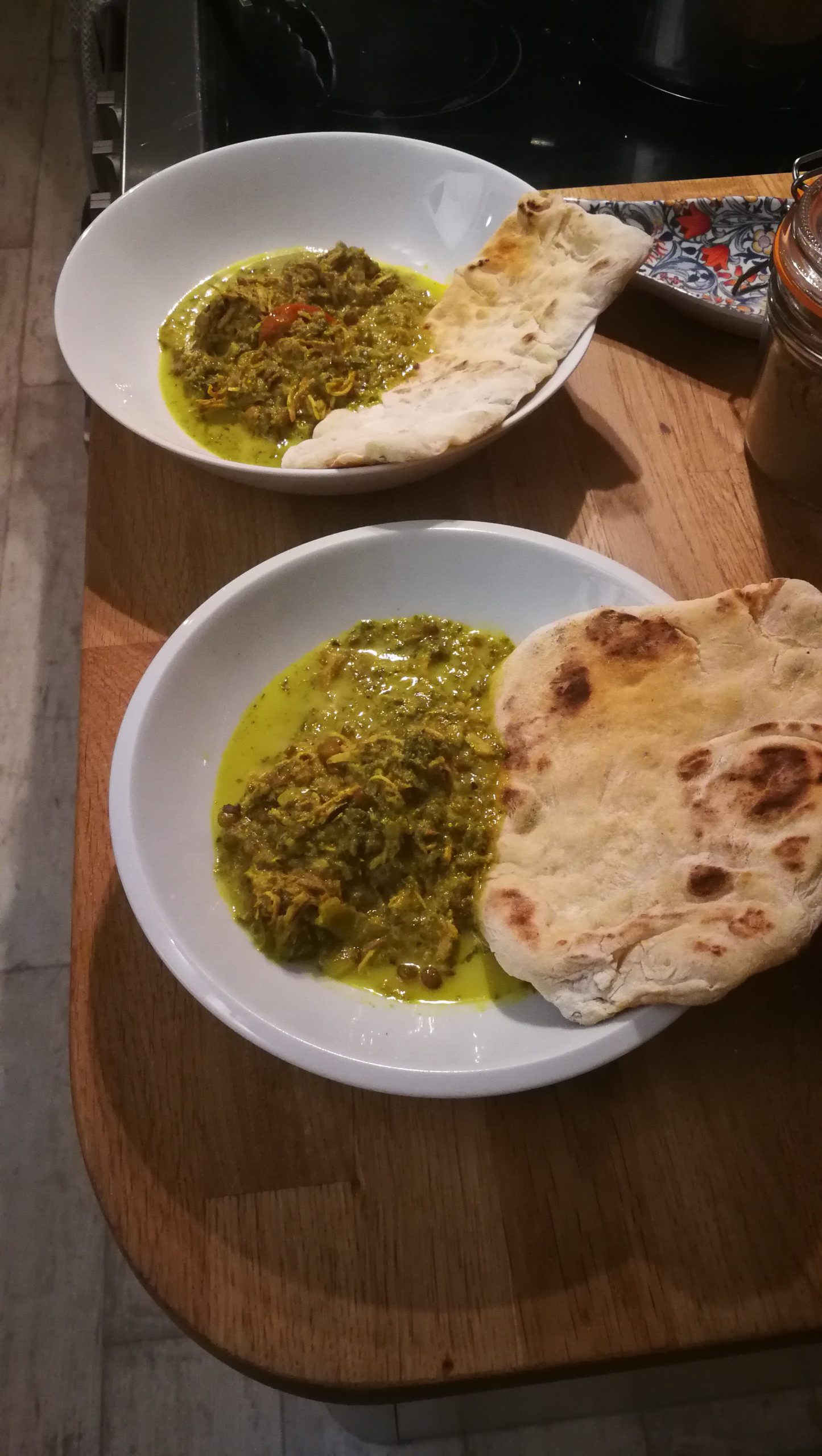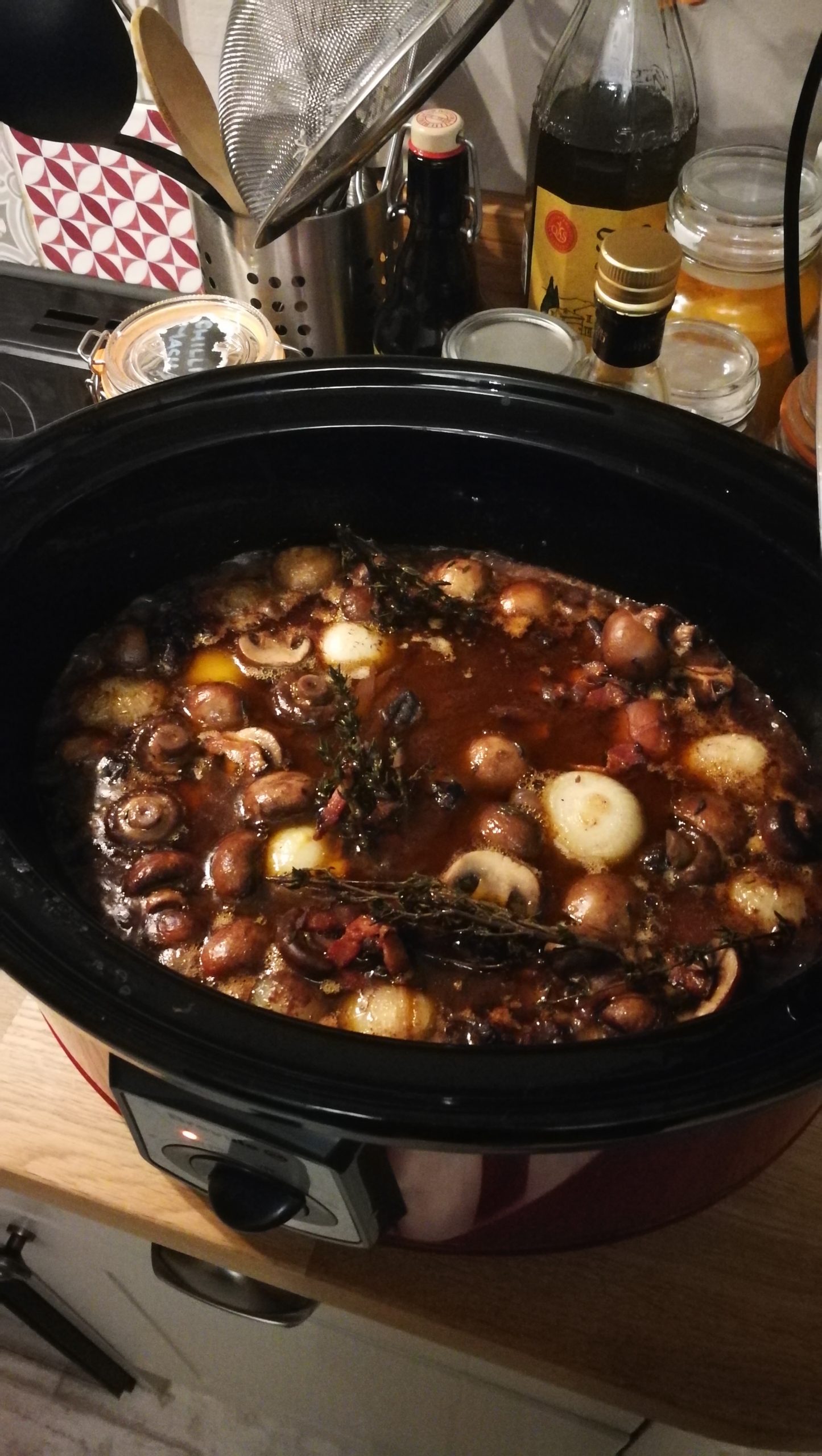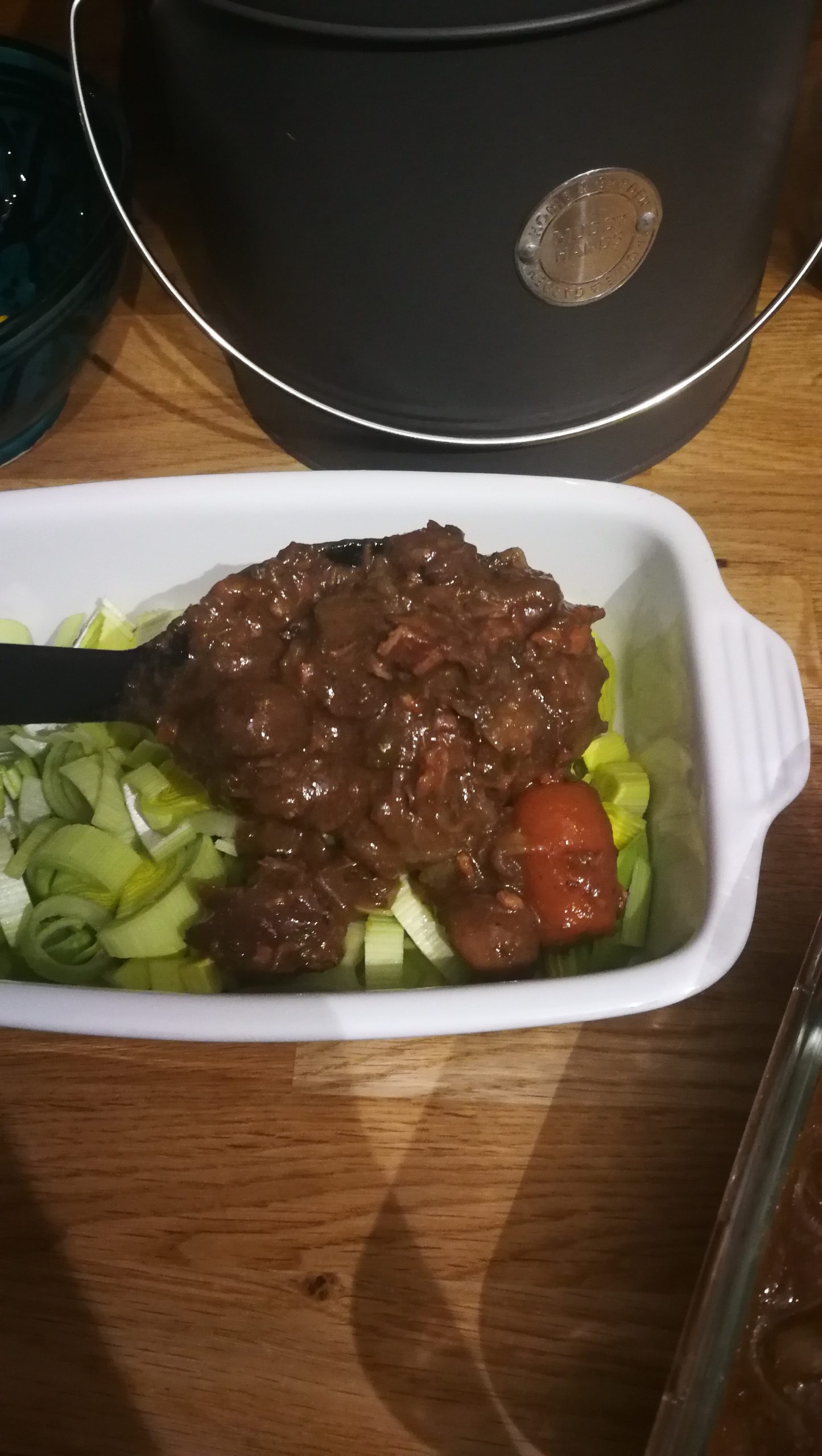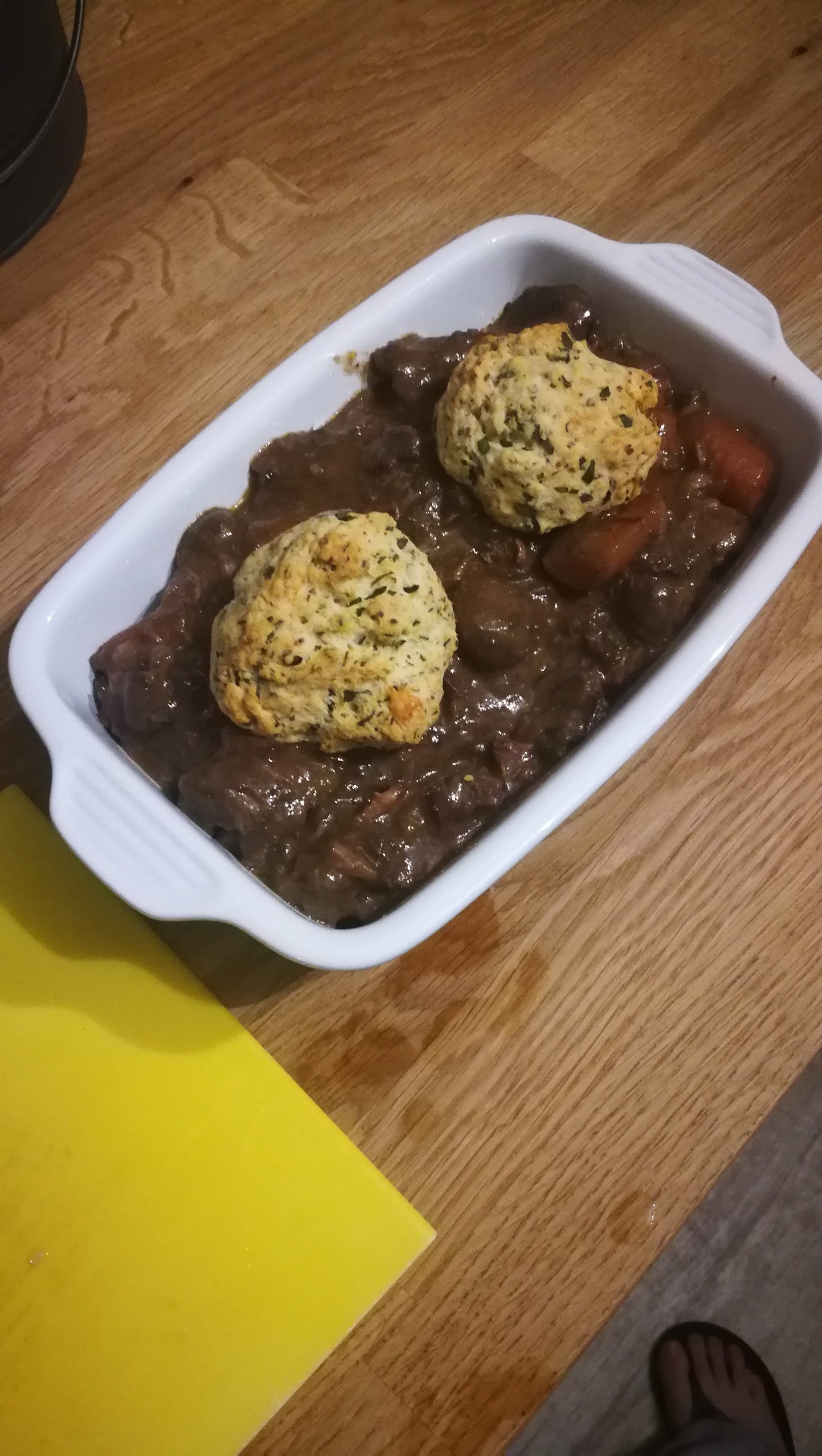Love your leftovers: revamping reheated meals
Cooking so that there is food left over for another meal is essentially the easiest way to cook in batches. It doesn’t have to be as rigid as ‘batch cooking’ per se and it can be done with most household favourites. At this time of the year it might be a chilli, soup, casserole, curry…. a warming meal of some nature.
However, sometimes it just isn’t enticing enough to reheat leftovers, even if it was delicious the day before. Even, when you know that you’ve cooked something nutritious and wholesome. Once you’ve had it the first time, it can be far from exciting to have it again or cook it from frozen, if it’s been stored for a period of time.
It’s good to keep things interesting where we can, not just for our own enjoyment but to vary our diet and achieve simple things like a minimum of 5 fruit and vegetable portions, or 30g of fibre per day.
So what can we do to make our left over food more interesting, while also getting the most out of cooking in larger quantities for nutritious leftovers?
Here are a few tips that I would recommend experimenting with:
- Add extra fresh (or frozen) vegetables direct to the dish that’s being reheated or as a side, to increase variety.
- Revamp with raw ingredients, condiments or preserves that complement the flavours and add a twist to the overall meal.
- Switch up the modality – for example if you had a chilli with rice: try it in a wrap, with baked / pan fried / boiled skin-on potatoes, on a bowl of steamed leafy greens or some fresh crusty wholemeal bread instead.
- Bulk it out with pulses, beans, nuts and seeds.
- Freeze in small portions if it’s not going to be eaten within 3 days, to use for another day, and add to it then when you’re feeling more creative using it as a base for your meal.
Here are just a few examples of putting the above into practise…
Christmas Meats Curry
- First Christmas Curry
- Christmas Curry with Lentils and Spinach
Christmas meats curry (turkey, duck and pheasant) with a turmeric, cumin and ginger base cooked in a slow cooker to ensure the meats were tender and infused with flavour. Pic 1 – the first curry served straight from the slow cooker. Pic 2 – I added a can of brown lentils and additional frozen spinach before serving. Not pictured, the rest was frozen in portions of two so that it can be enjoyed another day.
Christmas Bubble and Squeak

Bubble and Squeak
Christmas bubble and squeak – all of the Christmas vegetables (except the spiced red cabbage) and bacon was roughly mashed and fried off in a pan with no additional oil or butter – just a splash of milk. Pic 3 – served with the addition of fresh parsley, finely chopped red onion and a couple of teaspoons of cranberry preserve. A fresh and fruity twist to help lift the comforting, but slightly stodgy, bubble and squeak.
Christmas Pizza
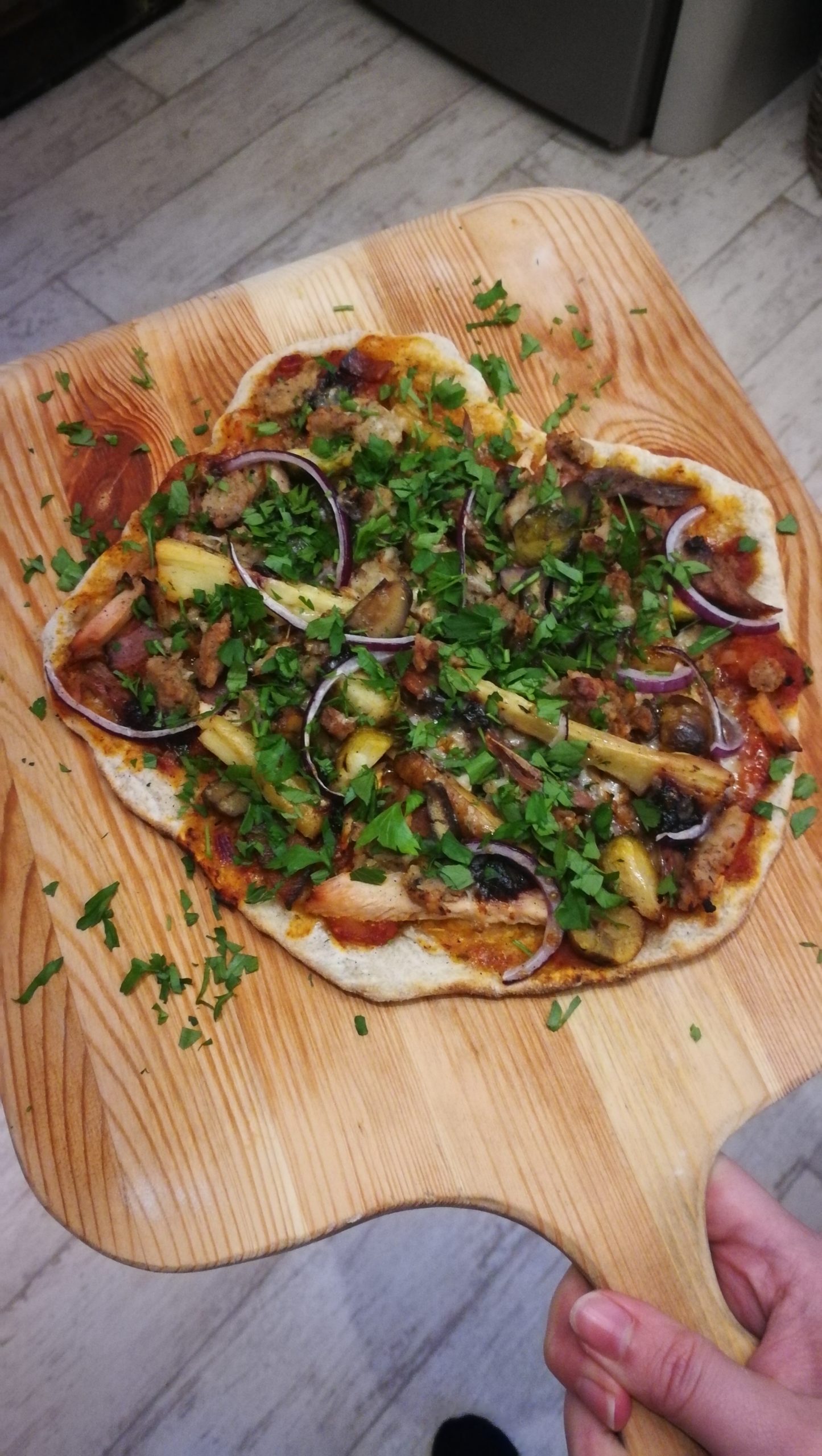
Christmas Pizza
Christmas pizza – Yes, that’s right – picking out the best bits and switching it up to make a pizza. Pic 4 – there’s parsnips, stuffing, turkey… even sprouts! You can ‘pizza’ anything these days and fresh herbs (here I used parsley again) are a great garnish.
Venison Bourguignon – adding a Layer of Leeks
- Venison Bourguignon
- Added Leeks
- Venison and Leek Bourguignon with Cheddar and Sage Dumplings
Venison and Leek Bourguignon – after an initial dinner of venison bourguignon (Pic 5), I decided a few days later to reheat enough for two on a bed of leeks (one whole leek) before adding to the oven (Pics 6 and 7) to add a fresh additional flavour and vegetable portion to the mix.
Improving leftovers also reduces the potential of wasting food too, making it good for our nutrition, saving money (on having to replace food or simply not maximising meals to go further) and also the environmental cost, in terms of greenhouse gas emissions caused by household food waste.

